Archives
Building a Target First Aid Kit: Part 5
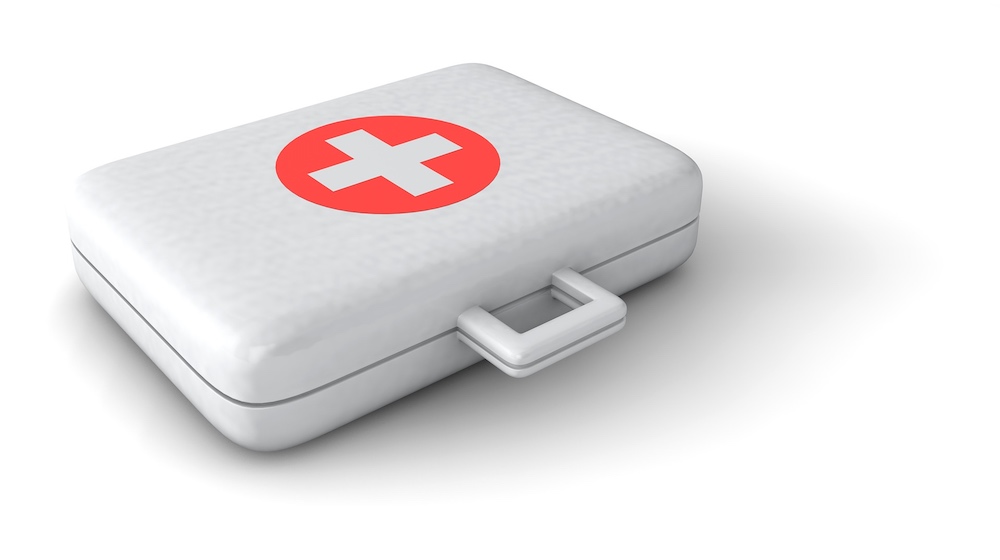
In the earlier parts, we discussed what a first aid kit is, and populated it with bandaging supplies and other “first aid” supplies.
The issues we considered were pretty much “external” medical problems; that is, with mostly external symptoms which can be treated externally.
Building a Target First Aid Kit: Part 5
In this part, we look at problems which are mostly internal, for which first aid is generally limited to medication. Again, the numbers after the problem will be used as a shortcut to indicate for which problem(s) an item in the summary list is used for.
UPDATE: The sale which started this project is finally over, and the cases appear not to be available (except maybe on eBay).
UPDATE2: I recommended the CTB Swabsticks over the ampoules for availability reasons; that may have been a mistake. So far I’ve run into 2 of them which sprang a leak.
Fever [13]
A fever is a form of hyperthermia NOT caused by external heat. For some reason, often because of a bacterial infection, the body decides it needs to be warmer, and does not cool the body to the normal temperature, or generates heat to warm up the body, by shivering. A thermometer will be useful to monitor for this, as for any body temperature abnormality. There is some indication that a mild fever helps the body in the fight, but there is no doubt that a high fever (104 degrees Fahrenheit or higher) is damaging and ultimately fatal. To bring down a fever, cooling the body by applying alcohol or cool cloths, or immersing in water can help, but generally taking Acetaminophen is effective, and appropriate for a first aid kit.
Heart Attack [14]
Heart attacks are when the heart becomes starved for oxygen rich blood and starts to die, usually because of a blockage in an artery serving the heart. This is serious, and any heart muscle which dies “heals” as scar tissue which does not contract, so heart function is reduced even after the blockage is resolved. Generally surgery to reopen the artery is the optimal treatment, but that is, of course, by no stretch of the imagination, “first aid”. The best we can do is provide life support and attempt to reduce long term damage. Hopefully, the victim has their nitro pills available and should be assisted in taking that. Getting the victim to advanced medical care is of high priority; in the meantime, if they have not been proscribed or don’t have nitro, they should slowly chew a 325mg aspirin tablet. Monitor, and apply CPR if it becomes necessary.
Since the cause of the attack is lack of oxygen to the heart because the supply of blood which carries the oxygen is mostly blocked, making any blood which does get through more oxygen-rich may help a bit. Getting an oxygen tank, regulator and mask is legal, but somewhat expensive, and they are relatively big and heavy compared to most first aid items, plus the tank needs to be recertified every so often. Worse, the oxygen itself requires a prescription, and many oxygen supply locations won’t fill any tanks but their own. Thus, giving oxygen the “correct way” (from a tank as seen in an ambulance or hospital) would seem to be impractical for most “home” situations. There is a new possibility, however, known as “canned” oxygen. This is marketed as a sports aid, and does not seem to have any research into or certification for heart attack applications. It may very well be ineffective, but being relatively small and inexpensive, I’m going to give it a try. If nothing else, it is claimed to help with headaches, high altitude or intense activity lassitude and post meal drowsiness, so should not be a total loss if ineffective during a heart attack.
If you don’t have limits on space or funds, it might be useful to have one of the new “automatic” defibrillators in case the heart stops. I don’t, and probably won’t until they come way down in price or my kit needs to cover someone likely to have a heart attack.
Aches and Pains [15]
Pain is an important part of our makeup. It alerts the person when something is “wrong”; something which needs to be fixed, or some action which needs to be stopped before (more) damage occurs. The problem is that continuing pain is quite unpleasant and may actually inhibit healing, so dealing with pain is of importance.
The first step in pain management is to address the cause of the pain. For injuries and other external sources of pain, dealing with pain externally by treating the injury and/or applying surface (topical) anesthetics should be the initial step. After all that can be done externally is done, and pain is still an issue, pain medication is usually indicated.
We have already considered Ibuprofen or Naproxin for treating inflammation, and Acetaminophen for treating fever. All of these can be effective against pain, as well. Note that Ibuprofen tends to be faster acting pain relief, while Naproxin seems to provide longer lasting relief. We have looked at aspirin as first aid for a heart attack, but this was “the” original pain medication. It can be used for that purpose for adults, but avoid giving it to children and teens if there is any chance they have a viral infection, as it has been found to encourage the serious “Reye’s Syndrome” in the young.
You may find a combination medication consisting of Acetaminophen, Aspirin, Caffeine and/or other Salicylates, which may work better against pain, particularly headaches, than individual pain pills. Of course, make sure that you don’t take it with anything else containing any of the same ingredients, and if it has aspirin or related Salicylates, avoid giving to children and teens. As mentioned above, “canned” oxygen claims to be helpful in treating headaches.
With any pain medication, overdosing is a problem, with serious and possibly fatal results. Be very careful to read the dosage amount and timing, and do not exceed the recommendations without specific instructions from a doctor familiar with the person being treated.
Hypoglycemia and Hyperglycemia [16]
The body attempts to maintain a certain level of sugar in the blood; as you take in sugars, the body produces insulin to counteract the excess. When this regulation fails, you get hypoglycemia (too little sugar) or hyperglycemia (too much sugar). The latter is typical of those with Diabetes, whose insulin production system is out of whack, and hopefully they have access to their insulin to treat this. Otherwise, there is not a lot you can do except treat the symptoms and try to get them to advanced medical care. It that is not practical, having them drink a lot of water may help reduce the excess sugar in their system.
Hypoglycemia is also a good possibility with Diabetics, as well as some people who don’t have (or who have not been diagnosed with) Diabetes. In the case of hypoglycemia, give the victim sugar. It can sometimes be difficult to tell whether a person has hypoglycemia or hyperglycemia; the symptoms can be similar. If you know it is hypoglycemia or don’t know which it is; give the sugar. If it is hyperglycemia, the sugar won’t do any good, but it won’t make things any worse either. You can, of course, get glucose tablets, gels or liquids specifically for this purpose. Or you can include hard candies with a high sugar content (NOT “sugar-free”, of course). I was thinking of a roll of Life-Savers, but apparently those are hard to find in stores these days. Walgreens has a selection of glucose tablets which are reasonably priced. Twelve grams of glucose seems to be the typical dosage. If the person is unconscious or otherwise unable to take the glucose or sugar, they will need an injection, which is beyond the capability of most first aid kits.
Nausea, Indigestion, Diarrhea and Constipation [17]
The digestive system is easily upset or thrown out of whack, and the results are unpleasant or even dangerous under some conditions. Fortunately, there is a large industry in over the counter remedies for such problems. Unfortunately, these remedies tend to treat the symptoms without dealing with the underlying problems. Which are often the result of, or encouraged by, the patient’s lifestyle choices. For sudden flare-ups, medication can provide temporary relief; but such attacks should always be investigated to see what long term changes and/or treatment are needed to prevent recurrence or even ongoing damage.
Diarrhea is an urgent need to defecate loose or even liquid excrement. It can be as the result of an illness, or “just because”. Unpleasant and often inconvenient, yes, but the real concern is that it can lead to dehydration if the water lost is not replaced. Loperamide HCL (as in Imodium AD) is a good medication for this. Peptol Bismol also claims to be able to handle diarrhea; be aware it has the same risks of Reye’s Syndrome as does aspirin.
Nausea is that sick feeling that you might, and sometimes do, vomit. This is usually part of an illness or reaction to, food or drink or medication or something inhaled. Another common cause is “motion sickness”. It can occasionally be caused by emotional distress or injury. Again, unpleasant and inconvenient, and again, the real concern is that this can lead to dehydration. Meclizine HCL (as in the non-drowsy form of Dramamine) is an effective antiemetic (anti-nausea) medication.
An excess amount of stomach acid and/or a defect at the junction of the esophagus and stomach can result in the acid backing up and causing pain and discomfort known as “heartburn”. Even if there is no acid backup, having too much acid in the stomach can be unpleasant (“indigestion”, “upset stomach”) or even result in ulcers. The quick way to treat this is to neutralize the excess acid with a “base” (remember your high-school chemistry) such as Calcium Carbonate (as in Tums). Alka-Selzer or Pepto-Bismol are also effective for this, but both contain aspirin or other Salyciates which are risky with other pain meds or to children and teens. If there is actual pain in the stomach, it might be related to an existing or developing ulcer; Ranitidine (Zantac) can reduce the production of acid to help ulcers heal, as well as help with heartburn or GERD (GastroEsophageal Reflux Disease).
Constipation is the opposite of Diarrhea; a lack of need or ability to defecate, resulting in fecal matter building up in the system, becoming hard and difficult to expel. It can build up enough to be unpleasant, and eventually to the point where such strain is needed to defecate, that the rectum can actually be ripped. Chemicals to the rescue, either a laxative to encourage excretion (usually softens as well), or a stool softener to, well, soften the stool. This is not really considered a “first aid” problem, since it is not as time sensitive as the others. As such, there does not seem to be medications packaged for first aid; if you want such, you will likely need to package it for the kit yourself from bottles available at the pharmacy.
Allergies and colds [18]
An allergic reaction is an individual’s reaction to something they are sensitive to. It can be something breathed, eaten or touched. The results can be mild and annoying (sneezing, running nose or eyes, rashes, itching, swelling), all the way up to life threatening (closure of the respiratory path due to swelling). An “antihistamine” is the usual treatment. We have already discussed oral diphenhydromine. Another popular choice is Loratadine (as in Claritin) which does not have the drowsiness typical of diphenhydromine.
If your kit will cover someone with severe a severe allergy, it might be wise to have an “epi-pen”, an automatic epinephrine injector. Discuss it with your doctor; I’m pretty sure it will require a prescription, and the cost is quite high, around $500 for a pair of them. You may be able to find a generic (Adrenaclick) for about half that.
Colds share some symptoms with allergic reactions, but they are due to a virus rather than some item that the person happens to be allergic to. There is claimed to be some medications which will “cure” a cold, but they have to be taken “before” the cold, which is a challenge to schedule. It is also unclear how effective they are. Pretty much all you can do is treat the symptoms, and there are a lot of choices for this. Ask your doctor or pharmacist for their recommendations, and either package them yourself, or see if you can find an individually packaged version.
Asthma attack [19]
Asthma is the swelling and constriction of the airway passages, making each breath a struggle, and in severe cases, can even be life threatening. A person who has severe asthma generally will know it, and should keep up on their medications and have their emergency inhaler close to hand. As for first aid, the first step is to help the patient into a sitting position with a bit of forward lean to maximize what breathing they are capable of. Help them with their inhaler, if they have one handy, or use an over the counter inhaler if one is included in your kit. Before deciding to include an inhaler, discuss with your doctor to see which would be best and least hazardous. You may also be able to get some oral medications which could help known asthma patients during an emergency.
Serious illness and infection [20]
A bacterial illness or infection may be fought by the bodies immune system, if it is working adequately. Antibiotics can help the body with this, but they are only available via prescription. There are cases where a particular antibiotic is optimal for a particular infection, but these can be costly, and require a fair amount of diagnostic skill to correctly identify. It usually would not be practical to stock “all” antibiotics. There are some general purpose antibiotics which might be practical, if you can get your doctor to proscribe them. Do the research, find which one or ones seem to be of most value to you, discuss with your doctor, and see if they are economically feasible. For instance, Doxycycline, a useful multi-purpose antibiotic, was boosted from $20 a bottle to $1850 a bottle between October of 2013 and April of 2014, so would seem to no longer be an option. Some antibiotics may also be available from a veterinarian or aquarium supplier.
There is a reason antibiotics are restricted to prescriptions. If you take them incorrectly or for the wrong bacteria or with an allergy or another medication which reacts with it, serious problems are a real possibility. So 1) find out what conditions each stocked antibiotic is good for, 2) find out what situations and other medications counter-indicate the antibiotic, 3) WRITE DOWN ALL THIS INFORMATION AND STORE IT WITH THE ANTIBIOTIC, and 4) once you start a course of antibiotics, NEVER stop before the specified end, no matter how good the patient feels. Antibiotics can be life-saving. Allergic reactions, interactions with other medications or food items, or a relapse with antibiotic resistant versions of the bacteria can be a killer.
The Next Step
Once you have decided what you want to have in your kit, try putting it all in. Obviously, there will be one of three results: it will all fit perfectly, not everything will fit, or there will be room left over. In the first case, you are done. If not everything will fit, then you will either have to get a bigger case, take some stuff off the list, or repackage some of the stuff so it takes less space. If you do end up with extra room in your case, you can leave it as is (claim it is for “future expansion”), or fit some stuff you wanted to have but did not originally think would fit. I fit in a few more items and more of some items. The case closes, but not easily…
The Final Contents List
[The number under “Uses” refers to the number(s) listed after the problem(s) to indicate which are addressed by the item]
| # | Item | Alternatives (Notes) | Uses |
| 2 | Medline Sterile Surgical Latex Free Glove, pair | ||
| 4 | SemperShield Exam Glove (individual) | ||
| 1 | Galarneau Mini CPR Face Mask | 11, 12, 14 | |
| 4 | Metrex VioNex towelette | ||
| 8 | Benzalkonium Chloride Towelette/Wipe | 1 | |
| 4 | Providone-Iodine Towelette/Wipe | 1 | |
| 2 | Alcohol Towelette/Wipe | 1, 2, 5, 9 | |
| 1 | Neosporin 0.5 oz tube Triple Antibiotic | 1 | |
| 1 | 3M 1/4″ x 4″ Steri-Strip, pack of 10 | or large butterfly bandages | 1 |
| 2 | 3M 1/8″ x 3″ Steri-Strip, pack of 5 | or medium butterfly bandages | 1 |
| 8 | J&J 1″ Waterproof Tough Strip Band-aid | 1 | |
| 8 | J&J 1″ Tough Strip Band-aid | 1 | |
| 4 | J&J XL Waterproof Tough Strip Band-aid (1 3/4″) | 1 | |
| 4 | J&J XL Flexible Fabric Band-aid (1 3/4″) | (Tough Strip version has the smaller “waterproof” pad, so would be duplicate) | 1 |
| 4 | J&J Large Waterproof Pad (2 7/8″ x 4″) | (Hybrid between a pad and a Band-Aid) | 1 |
| 4 | CVS Extreme Sport Finger Bandage | (Extra long, extra strong adhesive) | 1 |
| 4 | J&J Waterproof Knuckle Band-aid | 1 | |
| 4 | J&J Waterproof Fingertip Band-aid | 1 | |
| 4 | Curad 2″ x 3″ Gauze Pad (non-stick) | 1 | |
| 2 | J&J 3″ x 4″ Gauze Pad (non-stick) | 1 | |
| 4 | McKesson 2″ x 2″ 8 Ply Sponge, 2 pack | 1, 3 | |
| 4 | McKesson 4″ x 4″ 12 Ply Sponge, 2 pack | 1, 3 | |
| 4 | Curad Xeroform 2″ x 2″ | 1, 3 | |
| 2 | Integrity Xeroform 4″ x 4″ | 1, 3 | |
| 4 | Tegaderm 2 3/8″ x 2 3/4″ | 1, 3 | |
| 1 | Tegaderm 4′ x 4 3/4″ | 1, 3 | |
| 4 | Safety Pin size 3 (2″) | 1 | |
| 1 | Nexcare 1″ x 10 yard Flexible Clear Tape | or J&J cloth tape or Durapore/Silk? | 1 |
| 4 | PTI Compound Tincture of Benzoin (CTB) SwabStick | 1 | |
| 2 | J&J Medium Shower Care Sheet (4″ x 5″) | 1 | |
| 6 | Flents Finger Cot (2 each S, M, L) | 1 | |
| 1 | H&H Sterile Super Combat Cravat | or other triangular bandage | 1, 7, others |
| 1 | Magnum Splinter Extractor/Liberator | 2, 5 | |
| 1 | Tweezerman Point Tweezerette | 2, 4 | |
| 1 | Binger 8x Folding Linen Tester | 2 | |
| 1 | LRI Photon Freedom Micro Keychain Light | 2 | |
| 1 | Scripto Tini Lite Lighter | 2, 5, 9 | |
| 4 | Water-Jel Lidocaine Burn Cream Pouch | 3 | |
| 4 | Burn Free Gel Pouch | 3 | |
| 2 | Burn Free 4″ x 4″ Pad | 3 | |
| 4 | Sting-Kill Towelette/Wipe | 4 | |
| 1 | Up&Up 1 oz Tube Hydrocortosone | 4, 6 | |
| 1 | Premier 4 5/8″ x 3 3/8″ Moleskin, 3 pack | 5 | |
| 1 | Avon 4.5″ Iris Scissors | 5 | |
| 1 | Carmex tube | or Chap Stick | 6 |
| 2 | Medique Diphen 25mg caplet packet | 6, 18 | |
| 1 | Up&Up 5″ x 7″ Cold Pack | or other size | 7, 8 |
| 1 | S.W.A.T. Tourniquet | 7, 21 | |
| 4 | Medique Ibuprofen 2 x 200mg tablet packet | 7, 9, 15 | |
| 1 | Honeywell Eyesaline Eye Wash, 1 oz | 8 | |
| 4 | Medline 3″ Sterile Swabs, 2 pack | 8 | |
| 1 | DDP Eye Magnet/Nylon Loop | 8 | |
| 4 | Walgreens Adhesive Eye Patch | 8 | |
| 8 | NexTemp Disposable Thermometer | 9, 10, 13 | |
| 2 | M4040 Space blanket | 9, 11 | |
| 2 | Medique Medi-Lyte | or Hammer Fizz | 10 |
| 4 | Medique Non-Aspirin 2 x 500mg tablet pkt | 13, 15 | |
| 4 | Medique Aspirin 2 x 325mg tablet packet | 14, (15) | |
| 2 | Medique Back Pain-Off 2 tablet packet | 15 | |
| 1 | Walgreens 4g Glucose tablets, roll of 10 | 16 | |
| 4 | Medique Diamode 2mg capsule packet | 17 | |
| 4 | Medique Medi-Meclazine 25mg packet | 17 | |
| 2 | Medique Diotame 2 x 263mg tablet packet | or Pepto Bismol | 17 |
| 2 | Medique Antacid 2 x 420mg tablet packet | 17 | |
| 4 | Zantac Ranitidine 1 x 75mg tablet packet | 17 |
This makes it a “193 piece kit” and completes my “basic” First Aid Kit. Once I find an appropriate (bigger) case which will hold this kit and everything else I want, I’ll continue with a new series on building an “advanced” First Aid Kit.
First Aid Kit List
Must-Have First Aid Kit Contents
The Ultimate Emergency First Aid Kit List And Tips
-

 Do It Yourself7 months ago
Do It Yourself7 months agoParacord Projects | 36 Cool Paracord Ideas For Your Paracord Survival Projects
-

 Do It Yourself9 months ago
Do It Yourself9 months agoHow To Make Paracord Survival Bracelets | DIY Survival Prepping
-

 Do It Yourself9 months ago
Do It Yourself9 months ago21 Home Remedies For Toothache Pain Relief
-

 Do It Yourself10 months ago
Do It Yourself10 months agoSurvival DIY: How To Melt Aluminum Cans For Casting
-

 Exports8 months ago
Exports8 months agoAre Switchblades Legal? Knife Laws By State

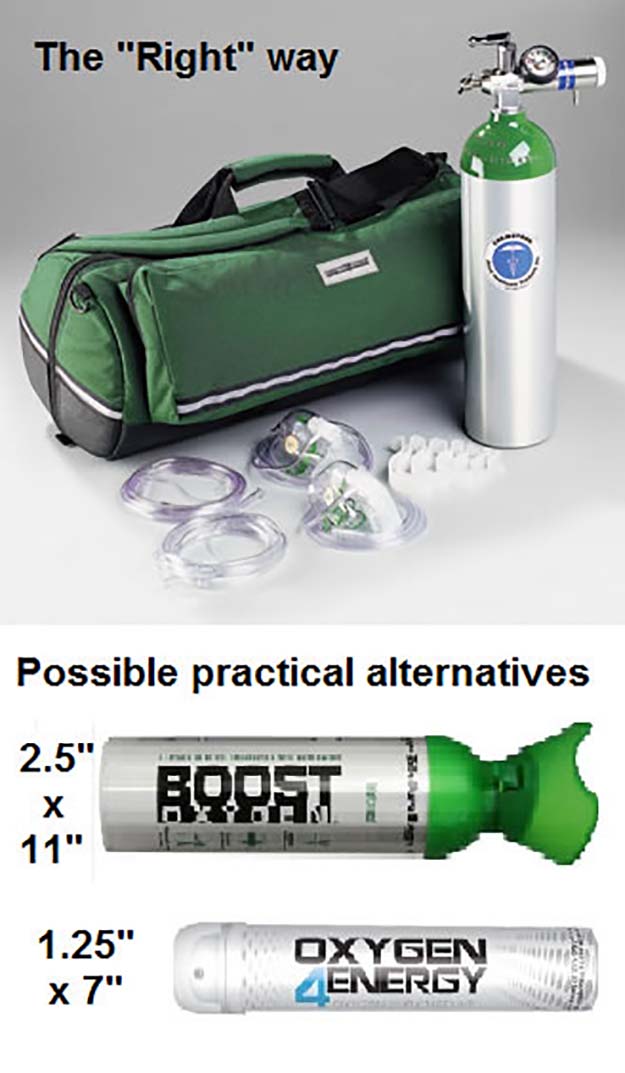
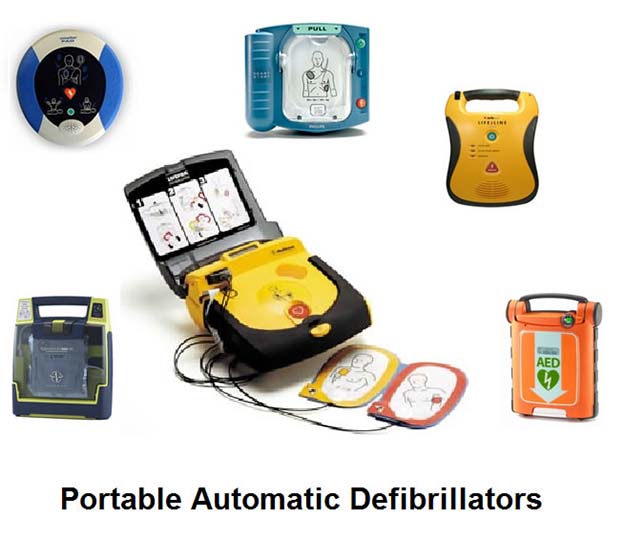
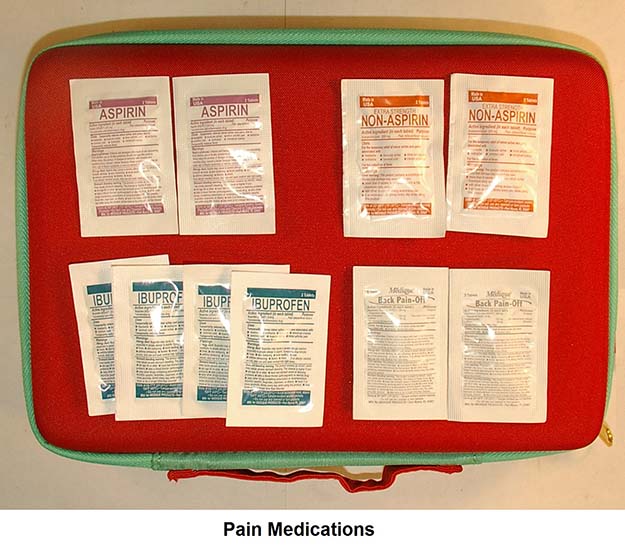
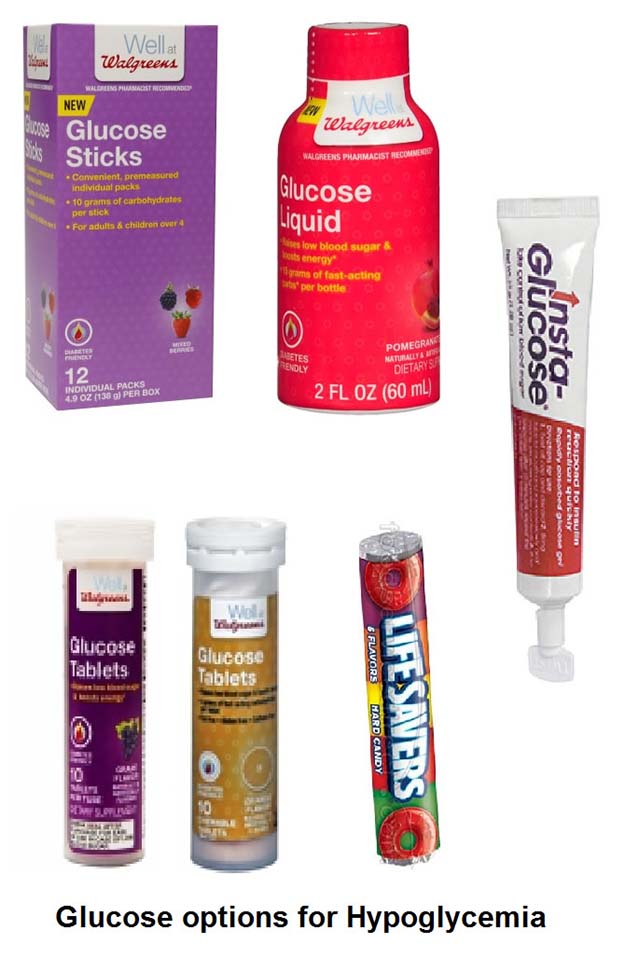
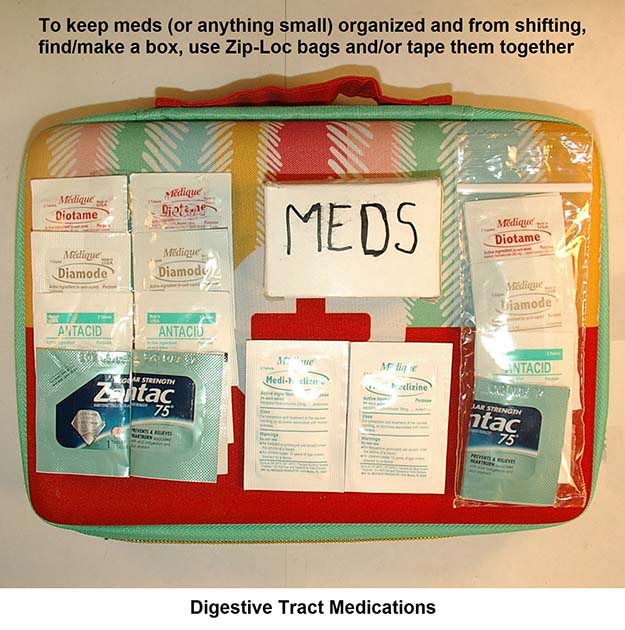
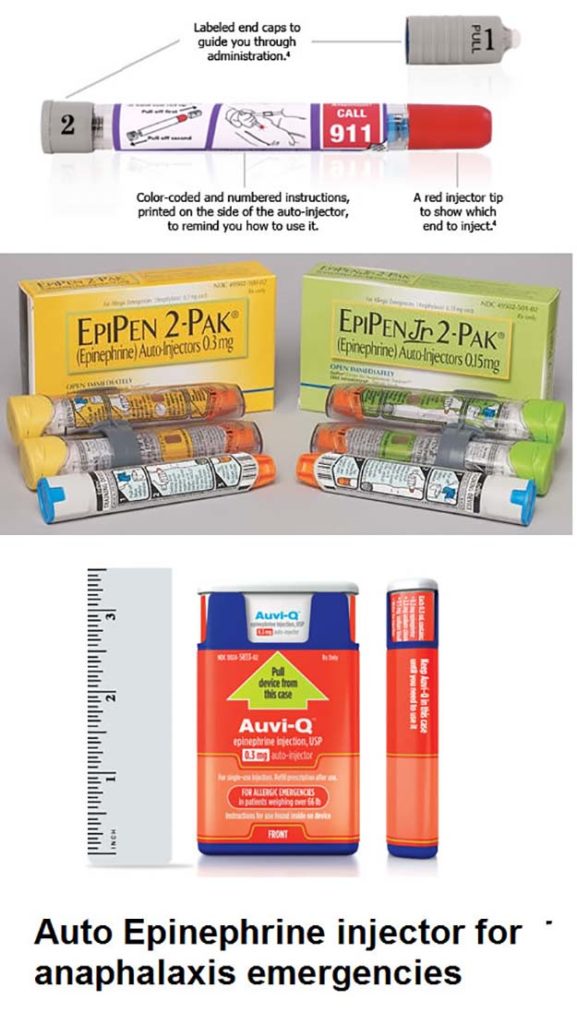
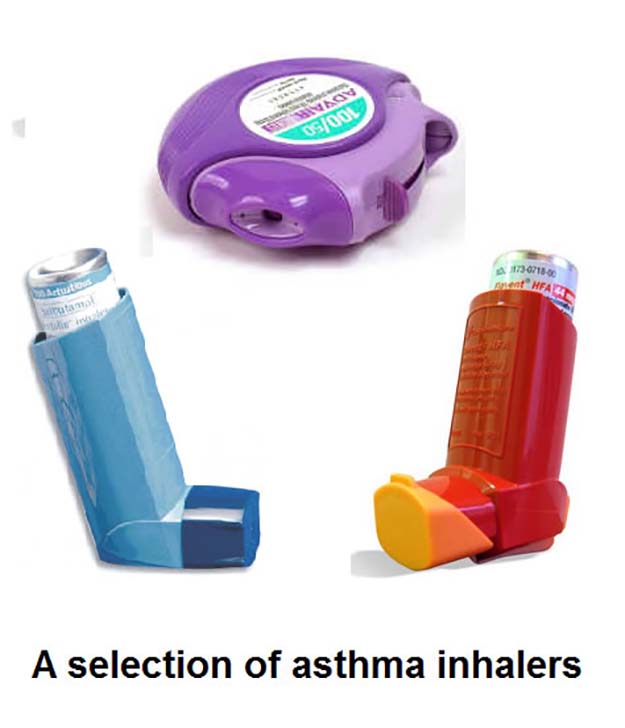
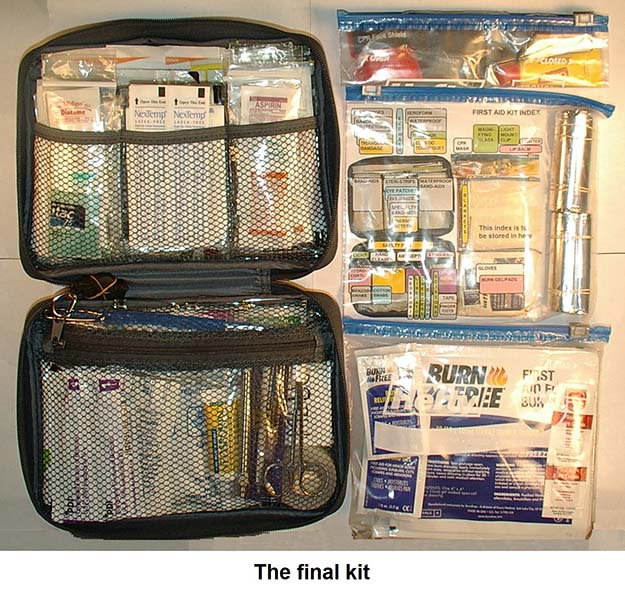



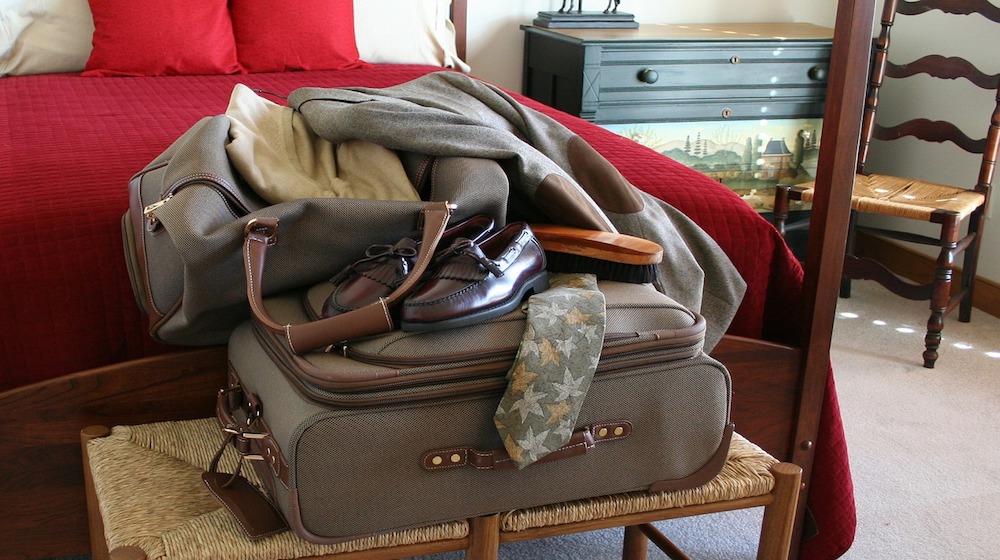

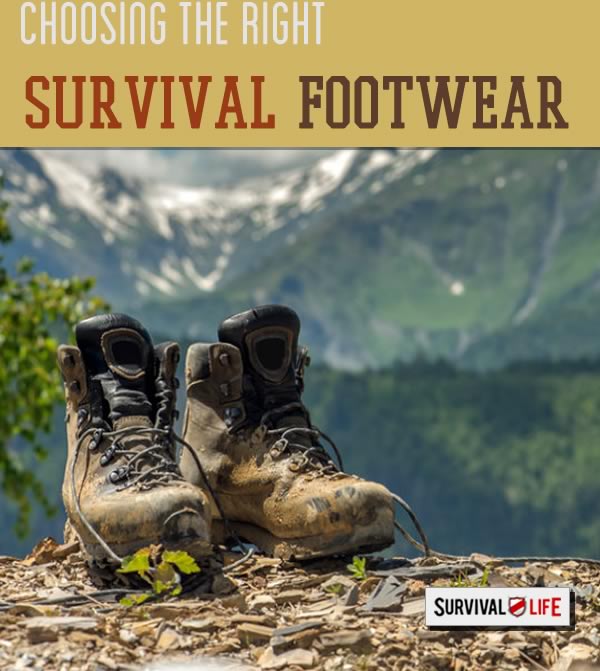

Pingback: Heart Attack Signs You Should Know To Survive When You Are Alone
Pingback: Heart Attack Signs You Should Know To Survive When You Are Alone - Modern Survival Living
Pingback: Heart Attack Signs You Should Know To Survive When You Are Alone - Survive!
Pingback: Heart Attack Signs You Should Know To Survive When You Are Alone